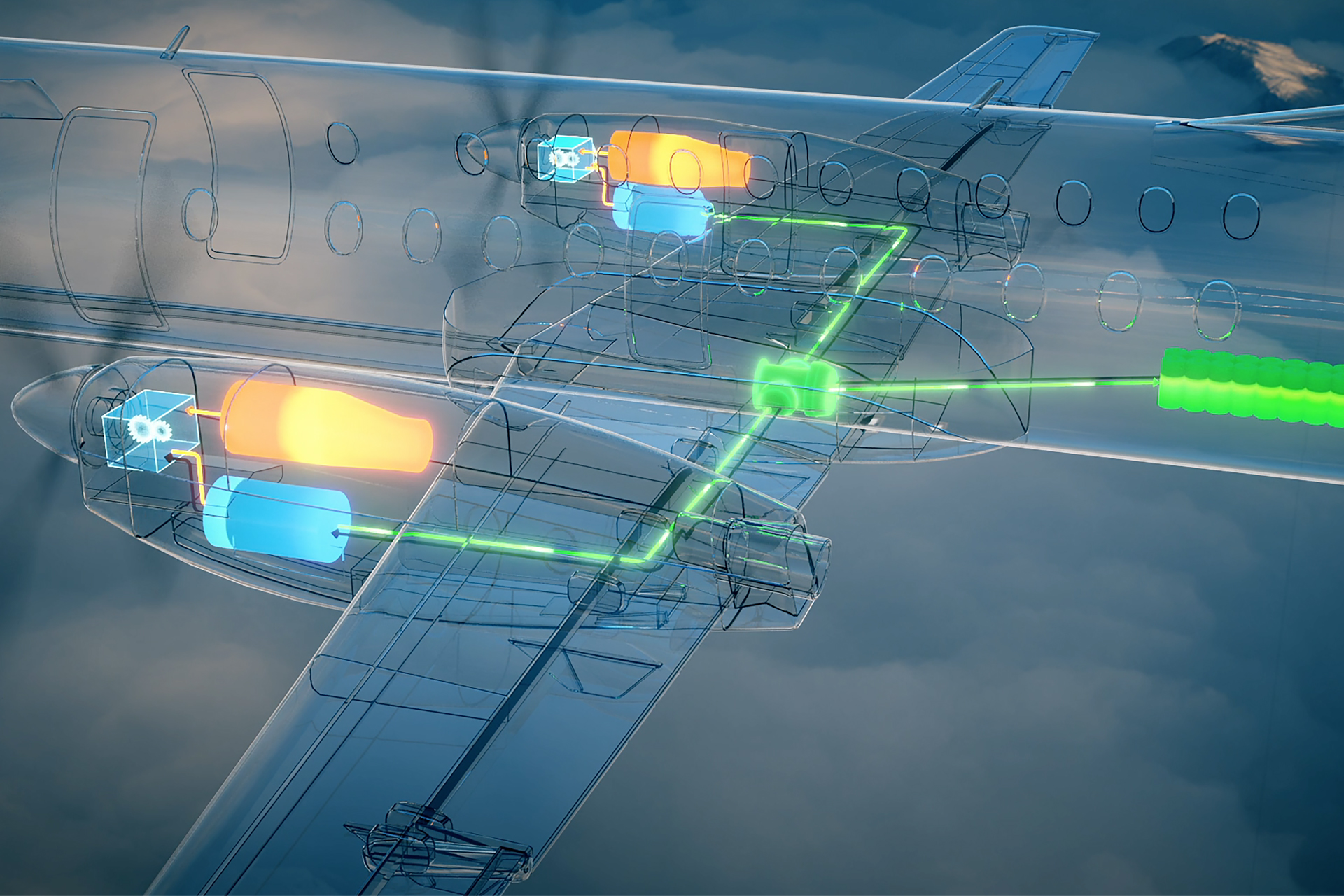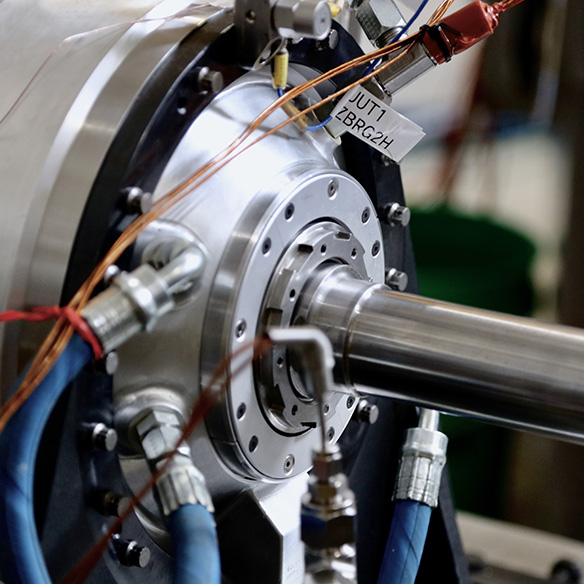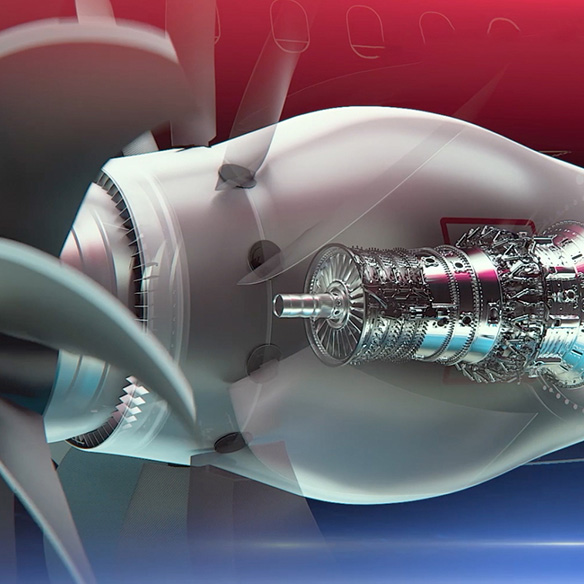Industry Collaboration
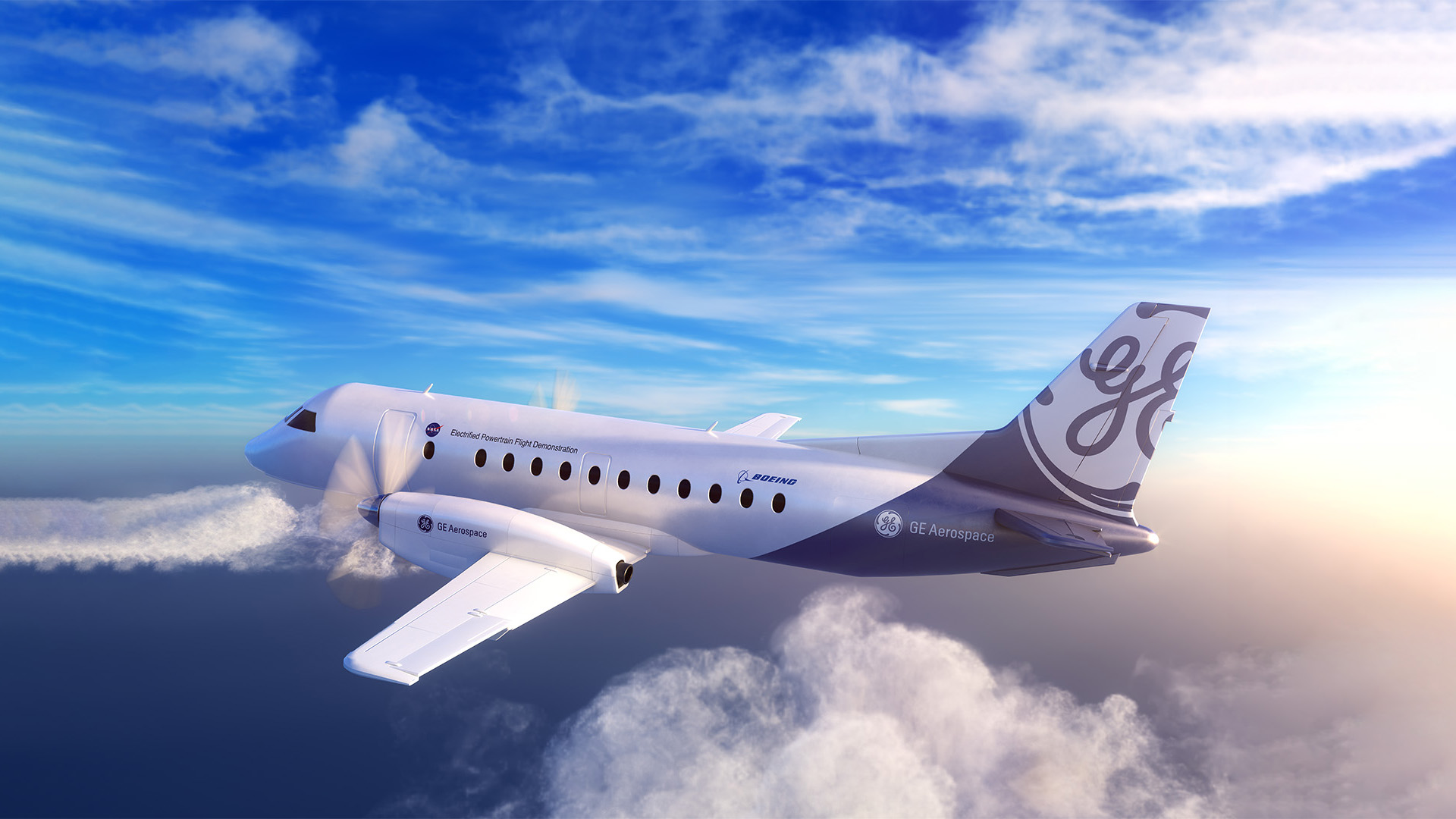
Collaboration and innovation
toward net zero
GE Aerospace supports aviation industry efforts to decarbonize, which requires a holistic, global approach. Meeting the industry’s goal of net-zero CO2 emissions from flight by 2050 requires deploying revolutionary technologies to reduce emissions and to advocate for increased use and availability of alternative fuels, such as Sustainable Aviation Fuel (SAF).
CFM's RISE program
Together, GE Aerospace and Safran unveiled in 2021 the CFM Revolutionary Innovation for Sustainable Engines (RISE) program targeting more than 20% lower fuel consumption and CO2 emissions compared to today’s engines. Plans are to demonstrate and mature a range of new, disruptive technologies for future engines including Open Fan engine architecture.
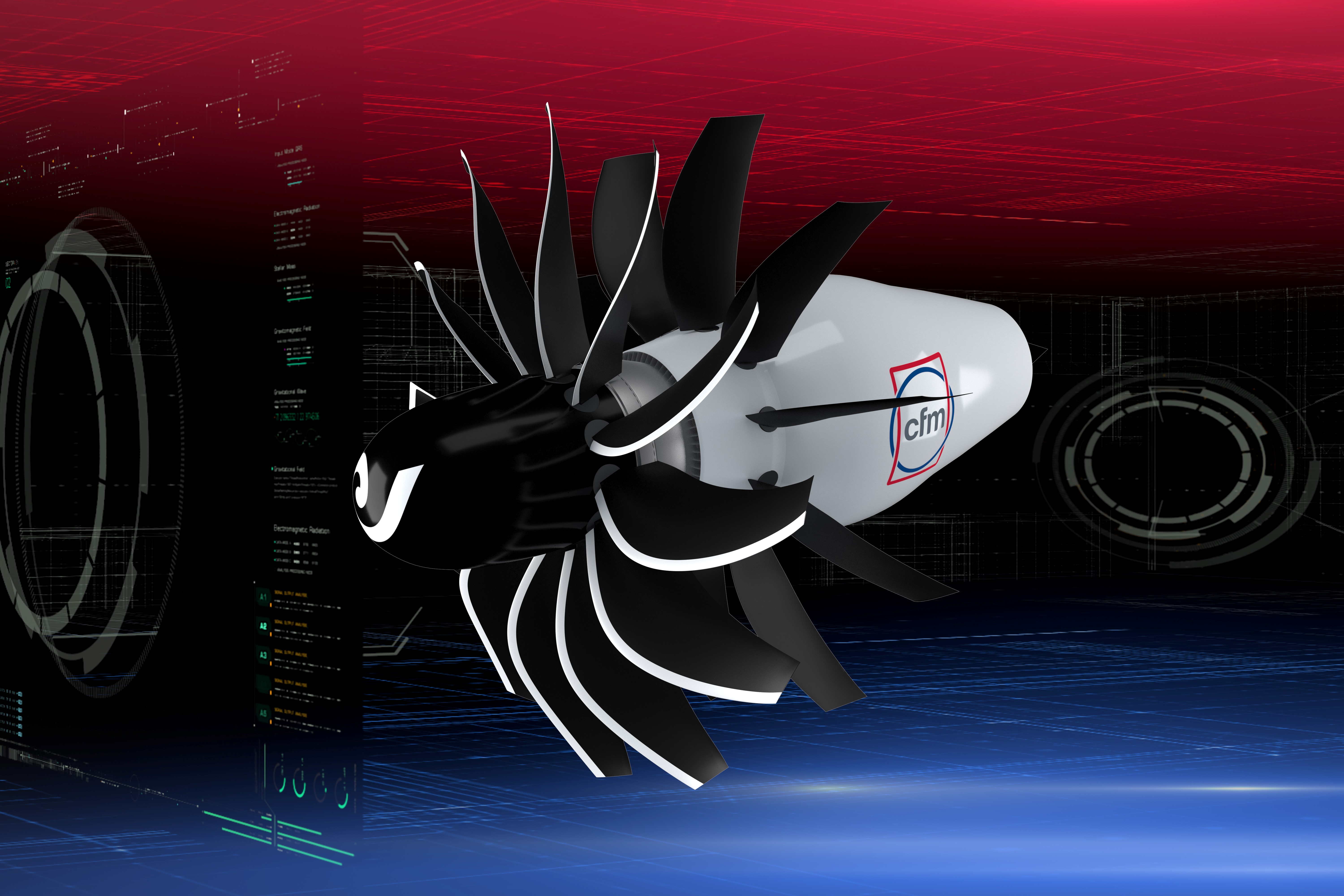
GE Aerospace and NASA programs to advance the future of flight
Fusce dapibus, tellus ac cursus commodo, tortor mauris condimentum nibh, ut fermentum massa justo sit amet risus. Etiam porta sem malesuada magna mollis euismod.
